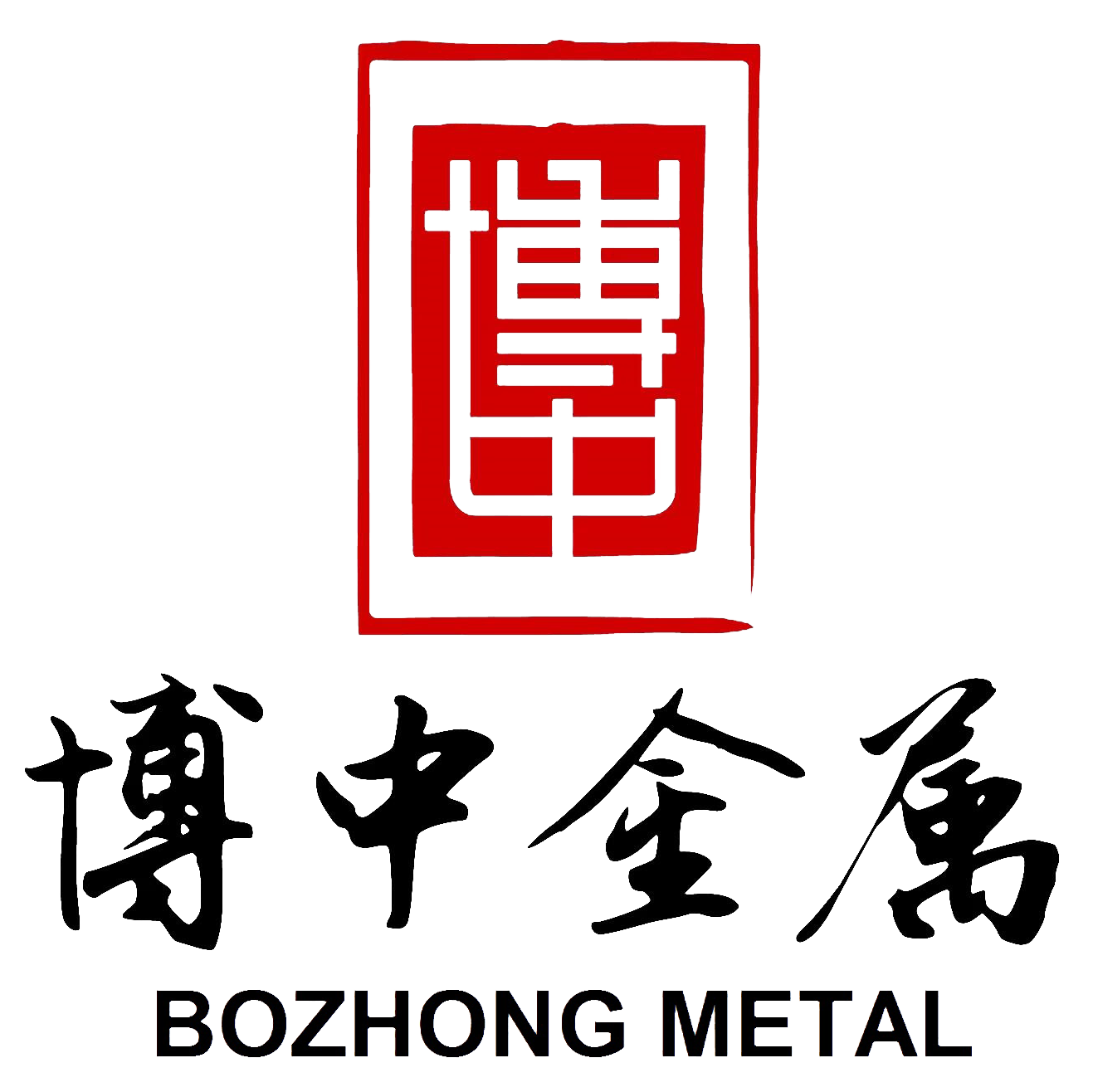SS2205 is a duplex steel with a microstructure,when heat treated properly,od nearly equare proportions of austenite and ferrite.This microsturcture ensures that SS2205 is much more resistant to stress corrosion cracking than SS304 and SS316L.The higher chromium,molybdenum and nitrogen contens give SS2205 significantly improved pitting and crevice-corrosion resistance in the presence of chlorides.SS2205 also has better general corrosion resistance than SS316L in most environment.In addition,SS2205 has a 0.2% Proof Stress of about double that of conventional austenitic stainless steels.
SS2205 has a ductile-to-brittle transition temperature of about -50℃.The stainless steel grade can also become embrittled when exposed to temperature between 300℃ and 550℃,550℃ to 1000℃ and chi phase formation.So application temperatures are generally limited from -50℃ to 300℃.
| STANDARDS | |||||
| INDUSTEEL TRADEMARKS | UNS | ASTM | EURONORMS EN | SUS | |
| S31803/S32205 | 2205 |
1.4462 X2CrNiMoN22-5-3 |
SUS 329J3L |
||
Chemical Properties:
| C | Mn | Si | P | S | Cr | Mo | Ni | N | |
|
2205 (S31803) |
0.03 max |
2.0 max |
1.0 max |
0.03 max |
0.02 max |
min: 21.0 max: 23.0 |
min: 2.5 max: 3.5 |
min: 4.5 max: 6.5 |
min: 0.08 max: 0.20 |
|
2205 (S32205) |
0.03 max |
2.0 max |
1.0 max |
0.03 max |
0.02 max |
min: 22.0 max: 23.0 |
min: 3.0 max: 3.5 |
min: 4.5 max: 6.5 |
min: 0.14 max: 0.20 |
Mechanical Properties:
| Grade |
Tensile Strength ksi (min) |
Yield Strength 0.2% ksi (min) |
Elongation % | Hardness (HB) MAX |
| 2205 | 90 | 65 | 25 | 217 |
Physical Properties:
|
Density lbm/in3 |
Electrical Resistivity mW•in |
Thermal Conductivity (BTU/hr•ft•°F) |
Heat Capacity BTU/lbm•°F |
Electrical Resistivity (in x 10-6) |
|
| at 68°F | 0.278 | 27.6 | 8.7 | 0.112 | 33.5 |
| at 212°F | 26.1 | 9.2 | 0.119 | 35.4 | |
| at 392°F | 25.4 | 9.8 | 0.127 | 37.4 | |
| at 572°F | 24.9 | 10.4 | 0.134 | 39.4 |
Corrosion Resistance:
1、Due to its high chromium, molybdenum, and nitrogen content, Duplex 2205 demonstrates superior corrosion resistant properties to 316 and 316L in most environments
2、Chromium, molybdenum, and nitrogen content also provide high resistance to pitting and crevice corrosion, even in oxidizing and acidic solutions
3、Resistant to chloride stress corrosion cracking and temperatures of up to about 302°F (150°C)
4、The presence of ferrite provides for good performance of Duplex 2205 in caustic environments
Heat Resistance:
5、Similar to other duplex stainless steels, Duplex 2205 has good oxidation resistance at high temperatures
6、Subject to embrittlement when exposed to temperatures above 572°F (300°C) even when exposed for short periods of time; Duplex 2205 is therefore not recommended for use above 572°F (300°C)
Welding Characteristics:
1、Possesses good weldability
2、Should not generally be welded without filler metal as this may result in excessive ferrite
Heat Treatment:
1、Annealing temperature range is 1868 to 2012°F (1020 to 1100°C)
2、Cannot be hardened by heat treatment – but Duplex 2205 does work-harden
3、Special consideration is needed to compensate for a higher coefficient of thermal expansion to avoid warping and distortion
Processing – Hot Forming:
Most Duplex 2205 producers recommend a maximum hot forming temperature between 2010 and 2100°F (1100 to 1150°C). If the shape of the work piece is not compact, the edges may be significantly cooler than the bulk, and there is risk of cracking in the cooler regions.
Processing – Cold Forming:
Duplex 2205 has shown good formability in a variety of fabrications. The high strength of Duplex 2205 can pose problems. Even when the equipment has sufficient power, allowance must be made for higher spring-back caused by the grade’s high strength.
Machinability:
Duplex 2205 is somewhat more difficult to machine than the 300 series austenitic stainless steels. Higher cutting forces are required and more rapid tool wear is typical. Some guidelines for machining are: A) Use powerful, rigid machines with extremely strong rigid mounting of tools and work piece, B) Minimize vibration by keeping the tool extension as short as possible, C) Use a nose radius on the tool, no longer than necessary, for carbides that have a sharp edge while still providing adequate strength, D) Design machining sequences to always provide for a depth of cut below the work hardened layer resulting from the previous passes.
Applications:
1、Chemical processing, transport and storage – pressure vessels, tanks, piping, and heat exchangers
2、Oil and gas exploration and processing equipment – piping, tubing, and heat exchangers
3、Marine and other high chloride environments
4、Effluent scrubbing systems
5、Pulp and paper industry – digesters, bleaching equipment, and stock-handling systems
6、Cargo tanks for ships and trucks
7、Food processing equipment
8、Biofuels plants
- Stainless Steel Pipe/Tube
- Stainless Steel Sheet/Plate
- Stainless Steel Bar/Rod
- Stainless Steel Coil
- Stainless Steels
- Nickel Based Alloys
- High Strength Steels
- Pressure Vessel, Cryogenic, Pipe & Construction Steels
- Steels For Molds Tools And Die
- Tailor Made Products
- Wear Resistant Steels
- Protection Steel




